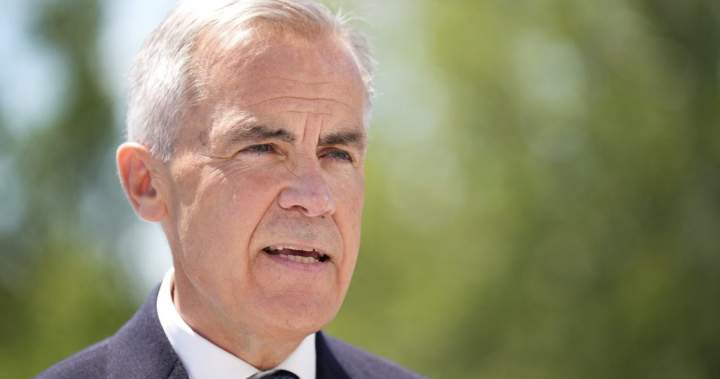The economic relationship between Canada and the United States faces its most significant challenge in decades as President-elect Donald Trump doubles down on his campaign pledge to impose sweeping tariffs on Canadian imports. In a stark warning delivered Tuesday, Prime Minister Mark Carney condemned Trump’s proposed 35 percent tariff as “economically destructive” and cautioned it would harm both nations’ economies.
“A 35 percent tariff on Canadian goods would be an unprecedented economic shock to our integrated economies,” Carney stated during a press conference in Ottawa. “This isn’t just harmful to Canadian businesses and workers—it would significantly damage American consumers and industries that rely on our supply chains.”
The Prime Minister’s comments came in response to Trump’s weekend social media post where he reiterated his intention to implement tariffs on all products entering the United States from Canada, Mexico, and China. Trump specifically targeted Canada for what he described as “decades of taking advantage” of American markets.
Economic analysts at the C.D. Howe Institute project that such tariffs could reduce Canadian exports to the U.S. by up to 20 percent within the first year, potentially eliminating over 400,000 Canadian jobs across manufacturing, agriculture, and resource sectors. The ripple effects would be particularly devastating for border communities whose economies are deeply intertwined with cross-border trade.
“We’ve seen this playbook before,” noted Dr. Elaine Thompson, chief economist at Toronto Metropolitan University. “During Trump’s first administration, his aluminum and steel tariffs damaged industries on both sides of the border while failing to achieve their stated objectives of revitalizing American manufacturing.”
Canadian officials have already begun developing contingency plans. Finance Minister Chrystia Freeland indicated that Canada would respond with “proportional countermeasures” if Trump follows through on his tariff threats after his January inauguration. Sources within the government reveal that targeted retaliatory tariffs on key American exports are being prepared.
The uncertainty has already impacted financial markets, with the Canadian dollar dropping to a six-month low against the U.S. dollar. Several major Canadian manufacturers have reportedly paused expansion plans, and cross-border investment decisions are being delayed until there’s more clarity on future trade relations.
What makes this situation particularly challenging is the deeply integrated nature of the Canada-U.S. economic relationship. The two countries exchange nearly $2 billion in goods and services daily, with countless products crossing the border multiple times during their production cycle. Disrupting this ecosystem could undermine the competitiveness of North American manufacturing as a whole.
“We’re not dealing with a traditional trade relationship,” explained John McCallum, former Canadian ambassador to the United States. “Entire industries have been built around the premise of open borders. You can’t simply unravel that without creating massive economic dislocations on both sides.”
Despite the tensions, Carney emphasized that Canada remains committed to working with the incoming administration. “We will defend Canadian interests vigorously, but our door remains open to constructive dialogue. The historical friendship between our nations has weathered challenges before.”
As businesses and workers on both sides of the world’s longest undefended border anxiously await further developments, one question looms large: Can decades of economic integration and mutual prosperity withstand the growing tide of protectionism, or are we witnessing the beginning of a fundamental realignment in North American trade relations?


















